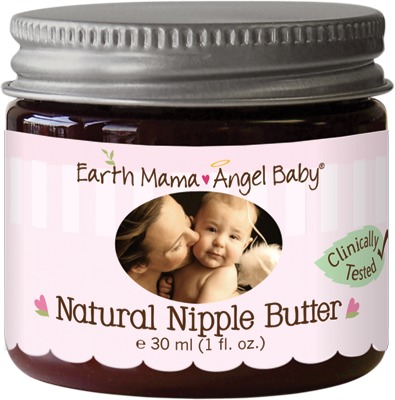It’s
important to understand that newborns feed frequently. It may be every 1-2 hours, or in 45 minute
time spans. Understand early hunger cues
and it will be easier to feed baby.
Early hunger cues:
¨
Smacking or
licking lips
¨
Opening and
closing mouth
¨
Sucking on
tongue, lips, hands, etc
¨
Rooting (turning
head to the side searching for nipple)
Late hunger cues:
¨
Moving head
frantically from side to side
¨
Fussing and
breathing fast
¨
Crying
Since
the proteins in breastmilk are small, it is a lot easier to digest. A breastfed baby will feed more often than a formula
fed baby. Also, a newborn’s stomach is very small. At this time you will be
producing about 30 mL of colostrum per day; more than enough to feed your baby.
3-5 days after birth, your milk will
increase in volume. Since your baby has
retained fluid at birth water is not necessary. Even after baby has lost the extra fluid,
your breastmilk is designed to hydrate your baby. Your foremilk is thinner and
will quench his thirst. The hindmilk is denser and calorie rich providing baby
all the nutrients he needs for the first 6 months of life.

Also,
for the first 6 weeks resist the urge to use bottles or pacifiers. This is especially important for mothers that
want to exclusively breastfeed. By using a pacifier, you are satisfying your
babies sucking need and decreasing the stimulation to your nipples needed to
increase milk volume. The use of bottles
will create a preference; not confusion.
Babies are not confused. It’s
much easier to get milk out of a bottle. He has to work harder to massage milk from
the breast and may begin to prefer
the bottle over your breast. At about 6 weeks, a good breastfeeding regimen
should be established, and introducing any of these items at this point should
not interfere with breastfeeding.









